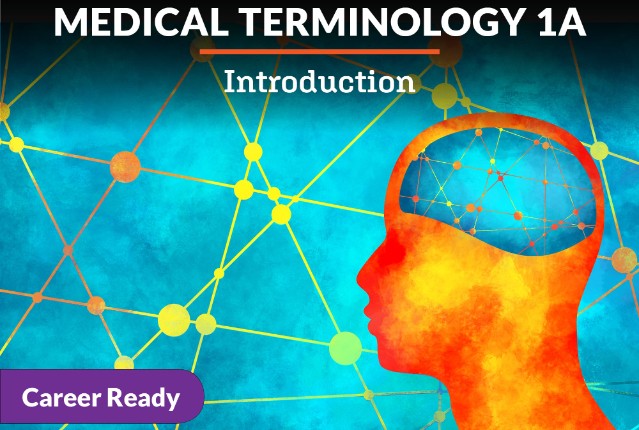The body is an amazing structure made up of many cells, tissues, organs, and systems. We can break down the way the body is built from the tiniest structure up to entire body systems. Taken as a whole, we then learn about body movement and organization of body structures. By studying the cavities, regions, and quadrants of body organization, we are able to locate organs and other body structures and, by using this organizational system, health care providers are better able to pinpoint conditions and accurately communicate with patients. Ready to become an expert in navigating and identifying these structures? Let’s get started!
What will you learn in this unit?
- Describe the building blocks of the body and how they are organized, from cell to system
- Define anatomic position and terms related to a change in that position
- Explain terms related to body movement and communicate body planes as related to anatomic position
- Explain the division of the body into cavities
- Describe the regions and quadrants of the abdomen and identify organs found in the different cavities, regions, and quadrants

